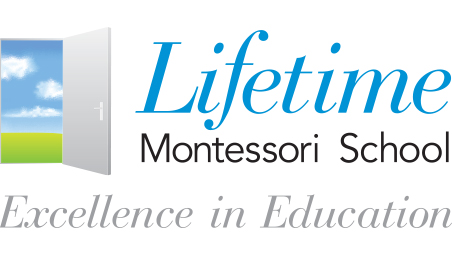(858) 759-0631
I heard from many of you that your children love to sing you the songs they learn in class. I recently read a great article on the importance of singing in early education settings and thought I would share some key points.
When we think of singing, we most likely think of it as something that children enjoy and that is fun to do but singing is often overlooked in its role in early literacy development. Singing is an excellent way to develop phonetic (or sound) awareness skills that are critical to learning to read and communicate successfully. As most of you know, our language curriculum is designed primarily around the premise of phonics and teaching the children that all of the letters of the American alphabet make specific sounds. Therefore, when we introduce letters, we introduce them by their sound and not their "name." For example, we introduce "b" as the "b" sound that you would hear in the word "bat" rather than the traditional "bee" that we are most likely to hear when saying the alphabet. In the English language, there are many sounds to learn and children must also learn that certain letters can make more than one sound. A good example of this is the letter "c." The sound of "c" as in "cat" is called "hard," while the sound of "c" as in circle is called "soft." And the letter "c" is also involved in the sound of "ch" as in "cheese." In this simple example, there are nearly three variations just on the letter "c." This can be a lot for children to deal with and phonics skills can become nearly impossible to teach if children have not previously been exposed to lots and lots of sounds.
Children must be able to play with the sounds of language - makeup nonsense words, make all kinds of animal sounds, tell you what words have rhyming sounds, tell you what words begin with the same sound, and more. They have to be able to do this on a purely auditory level. For example, if a child can listen to a set of words such as "bike, hat, and like" and not only tell you which of them rhyme but also add a rhyme of his own (such as "Mike" or even a nonsense word), then we would say that this child has a degree of "phonemic awareness," the ability to hear sounds in spoken words (phonemes).
Since songs are both spoken and heard, children do not have to be able to read in order to learn a song. And because songs are filled with rhymes, alliteration, and different sound patterns, they actually celebrate the sounds of language. Singing favorite songs over and over again helps children become consciously aware of sounds and the way we can manipulate them - break them apart, blend them together, highlight certain ones and minimize others. All of these skills are essential when learning to read and write.
So sing away! Sing traditional children's songs, teach your children your own favorite rock or pop songs, or just make up songs together. A favorite song in the Grasshopper classroom is Twinkle Twinkle Traffic Light sung to the tune of Twinkle Twinkle Little Star. Here are the lyrics so you can sing along with your child.
Twinkle, twinkle traffic light,
On the corner shining bright.
Red means stop,
Green means go,
Yellow means very, very slow.
Twinkle, twinkle traffic light,
On the corner shining bright.
-Grasshopper Teacher

